The death toll from devastating flooding in northern India and Pakistan continued to rise on Friday, with local authorities across both countries confirming that over 250 people have been killed.
Pakistan: Almost 200 dead
In northern and northwestern Pakistan, flash floods killed at least 199 people while rescuers evacuated 1,300 stranded tourists from a mountainous region hit by landslides. At least 35 people were reported missing in these areas, according to local officials.
Most of the deaths in Pakistan occurred in the mountainous Khyber Pakhtunkhwa, according to the local Provincial Disaster Management Authority (PDMA).
"So far, across Khyber Pakhtunkhwa, more than 110 people have died due to cloudbursts, flash floods and roof collapses," PDMA spokesperson Anwar Shehzad told the AFP news agency.
Helicopter crash kills five on board
A helicopter taking part in the rescue efforts crashed in Pakistan on Friday, the chief minister of Khyber Pakhtunkhwa province said in a statement.
"An MI-17 helicopter of the provincial government, carrying relief goods for rain-affected areas of Bajaur, crashed in the Pandiyali area of Mohmand district due to bad weather," Ali Amin Gandapur said in a statement. "Five crew members, including two pilots, were killed."
Seven more people died in Pakistan-administered Kashmir, regional disaster management authorities there said.
The meteorological department issued an alert for northwest Pakistan, urging people to avoid "unnecessary exposure to vulnerable areas."
India: 60 dead, 80 missing in Chositi
Rescuers searched for survivors in the remote Himalayan village of Chositi in India-administered Kashmir on Friday after flooding killed at least 60 people there.
Officials said at least 300 people had been rescued on Thursday, but many of the 200 missing people were believed to have been washed away.
Chositi was crowded due to a pilgrimage to the shrine of Machail Mata, a local Hindu deity. The village is the last spot accessible by vehicles before pilgrims trek more than 8 kilometers (nearly 5 miles) to the temple.
"Nature has been testing us. In the last few days, we have had to deal with landslides, cloudbursts and other natural calamities," Indian Prime Minister Narendra Modi said at the start of a nearly two-hour speech on the country`s 79th Independence Day.
Cloudbursts worsened by climate change
Intense rains over small areas, known as cloudbursts, are becoming increasingly common in India`s Himalayan regions and northern Pakistan, making these areas prone to flash floods and landslides.
While the monsoon season from June to September brings about three-quarters of South Asia`s annual rainfall, which is crucial for crops, it also brings landslides and flash floods.
Experts say that climate change has worsened cloudbursts in recent years, and damage has increased due to unplanned development in mountainous areas.
A study by the World Weather Attribution found rainfall in Pakistan from June 24 to July 23 was 10% to 15% heavier, particularly in the provinces of Punjab and Khyber Pakhtunkhwa, because of climate change.




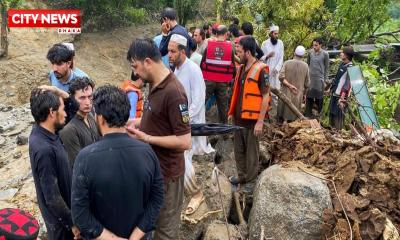
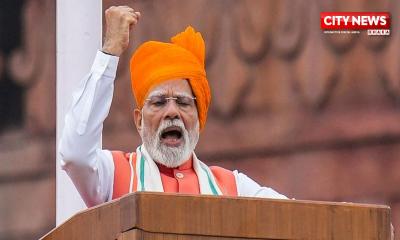
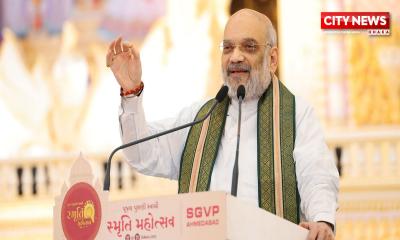
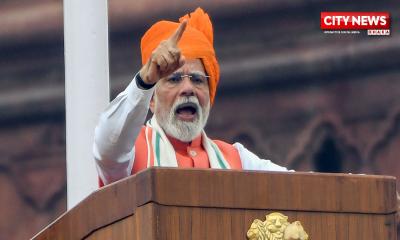

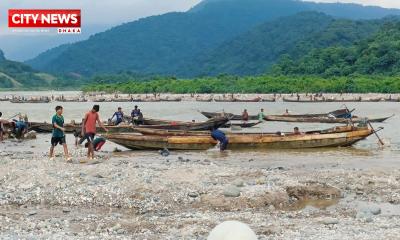
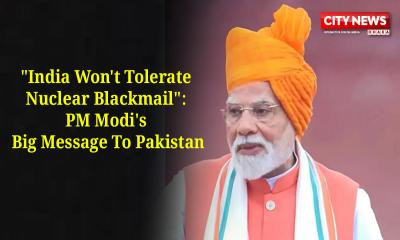

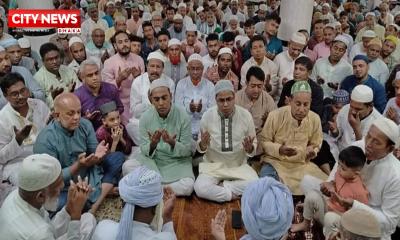

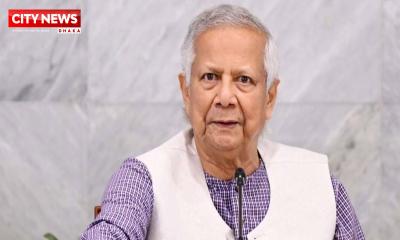
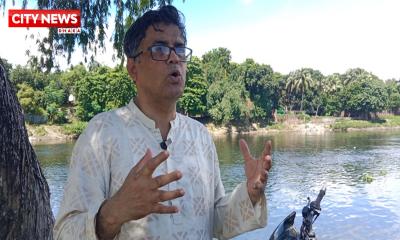
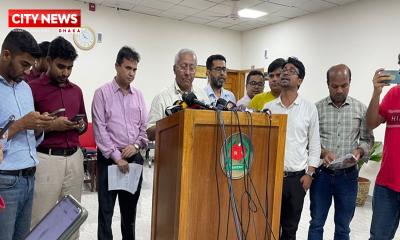
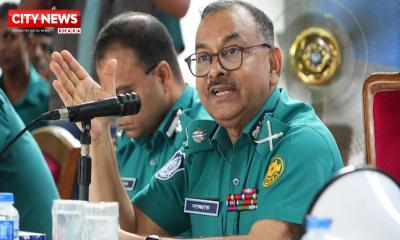
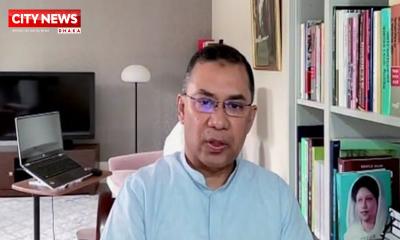



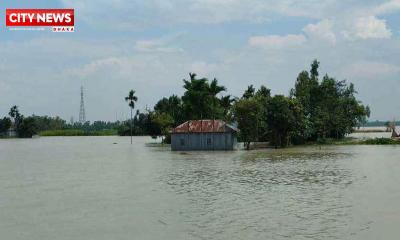
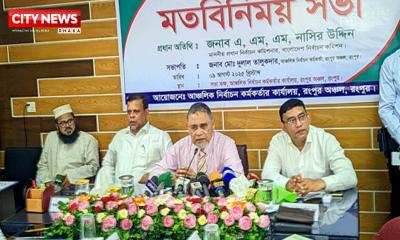
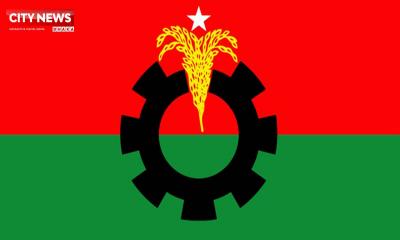
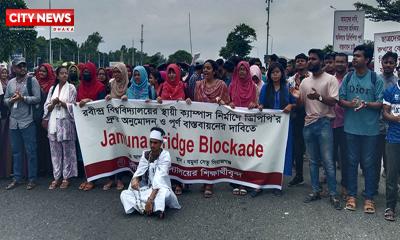



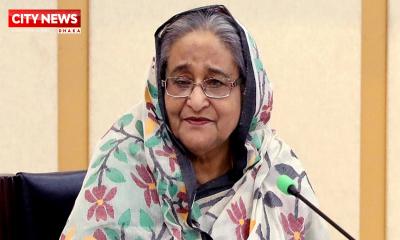

Comment :